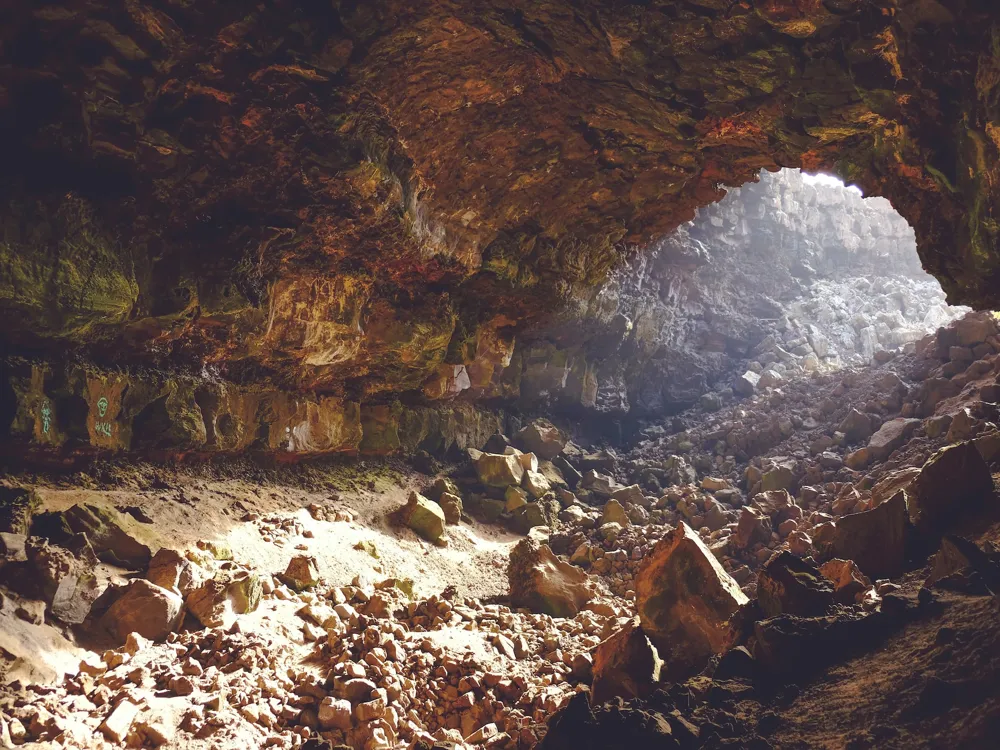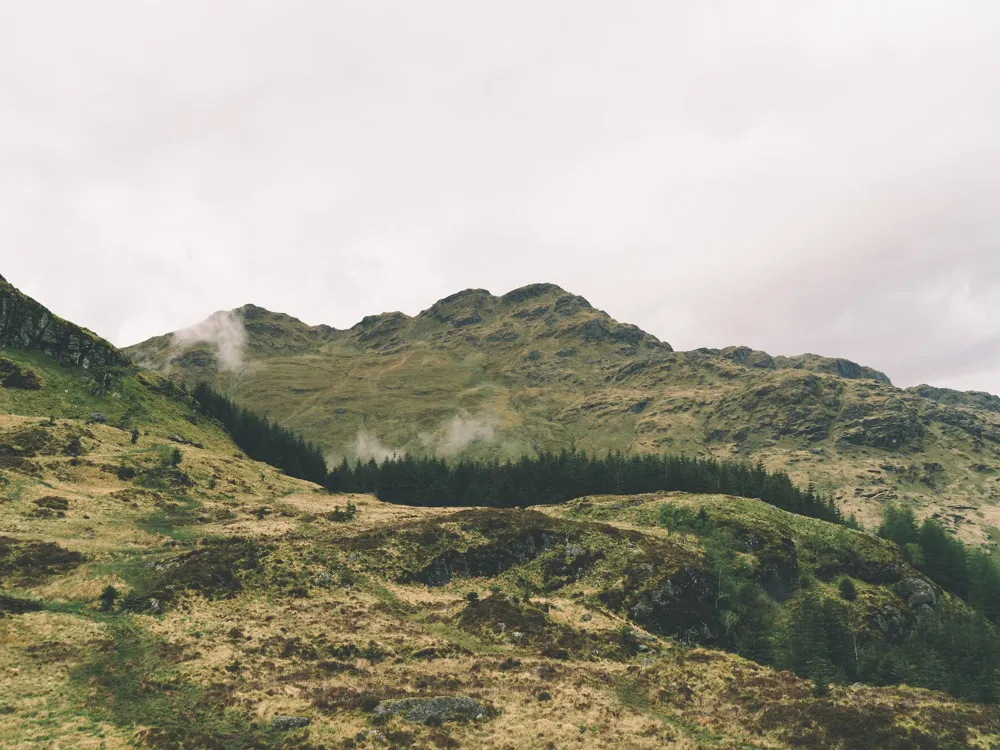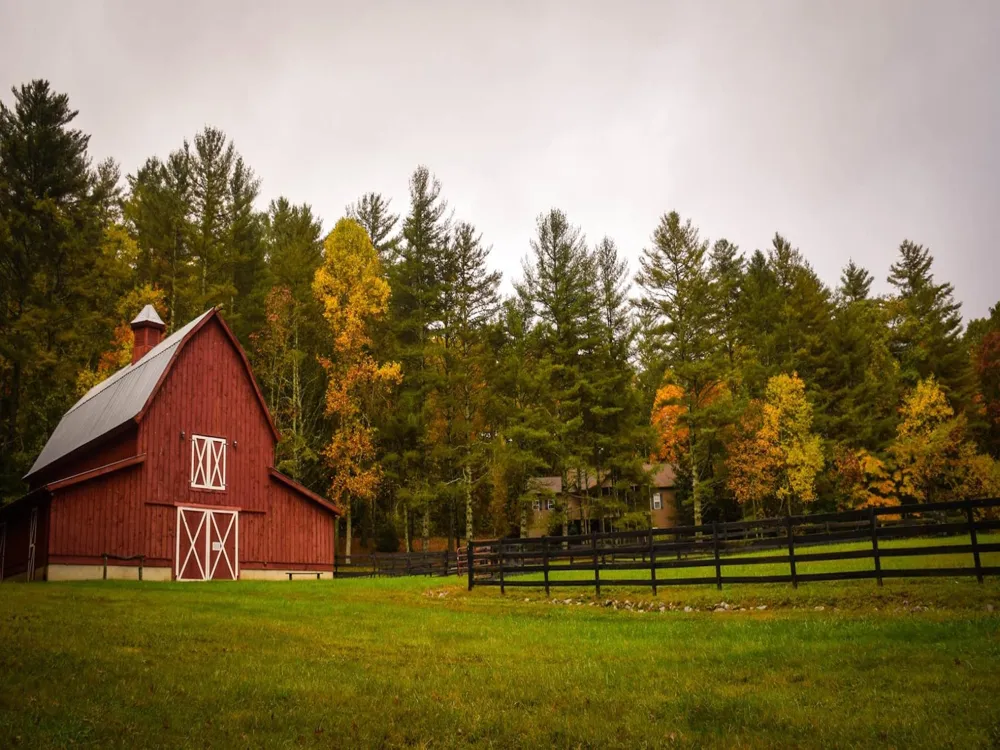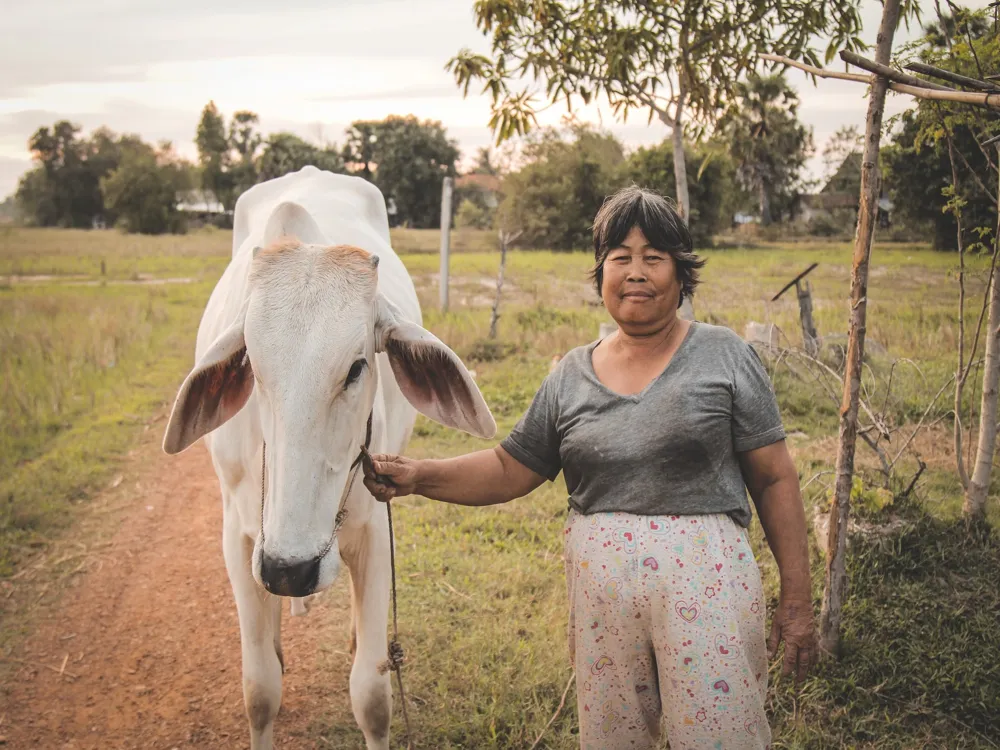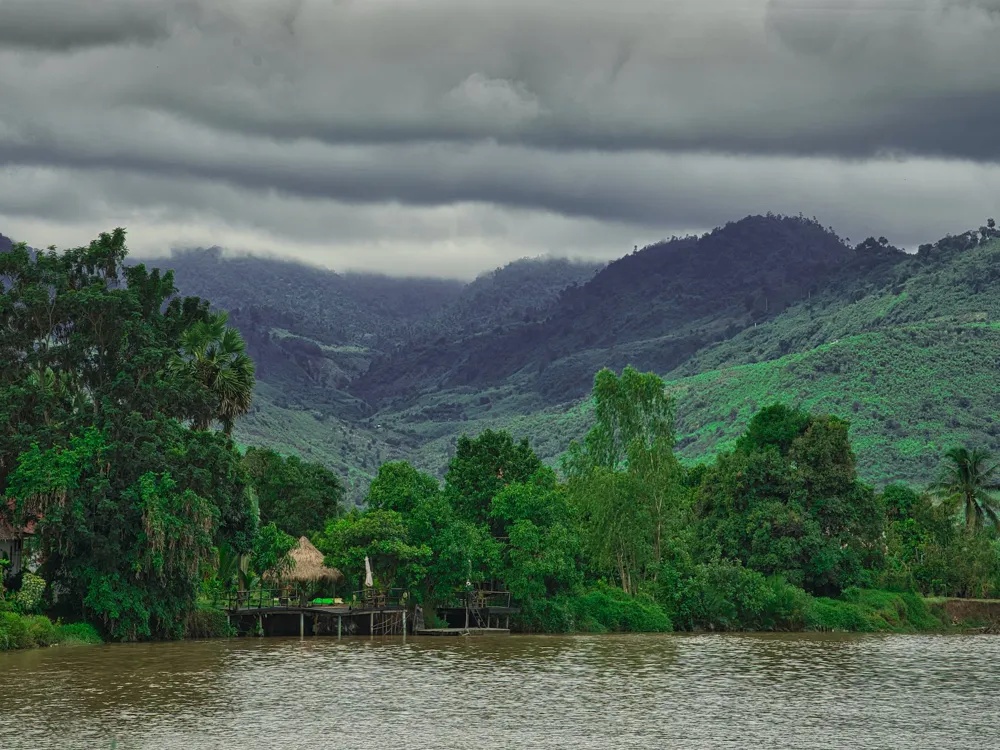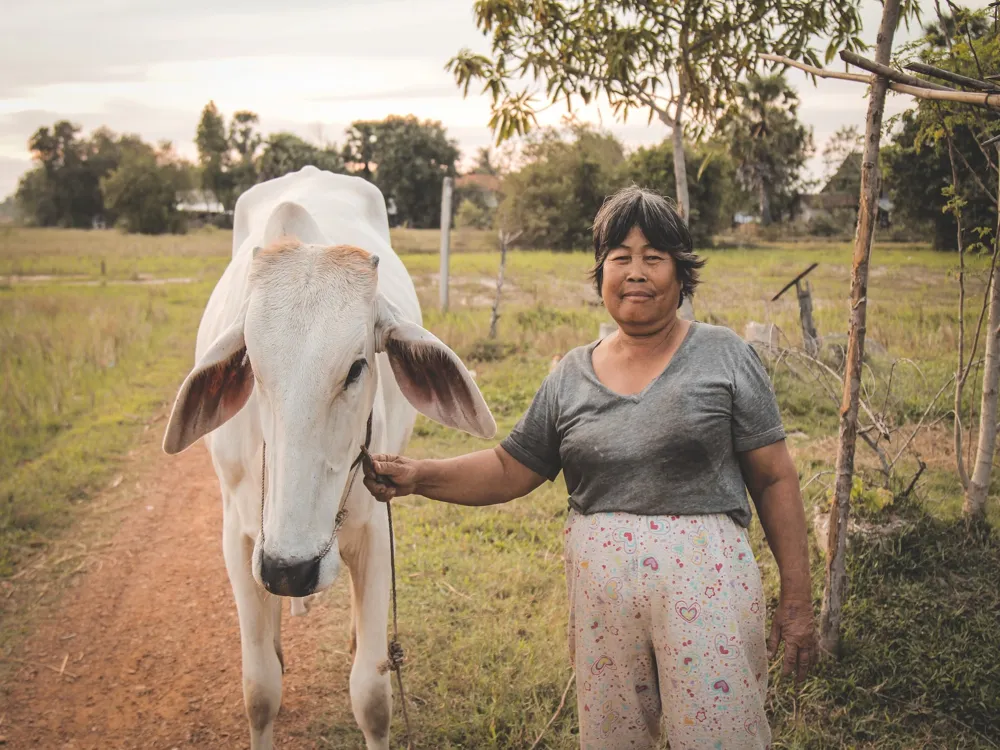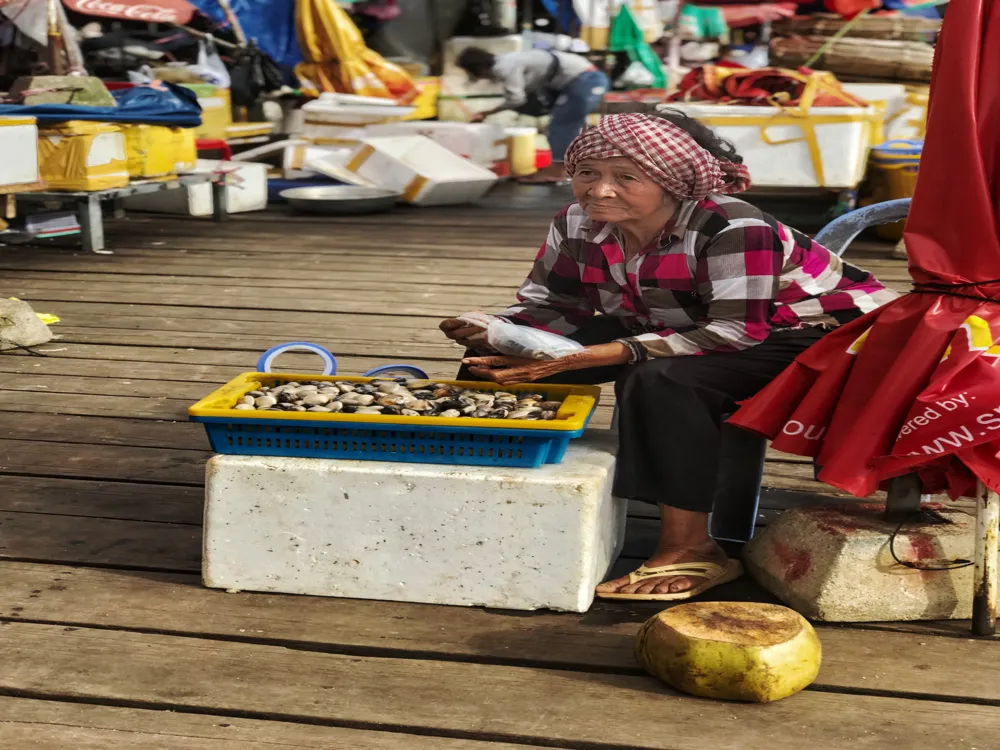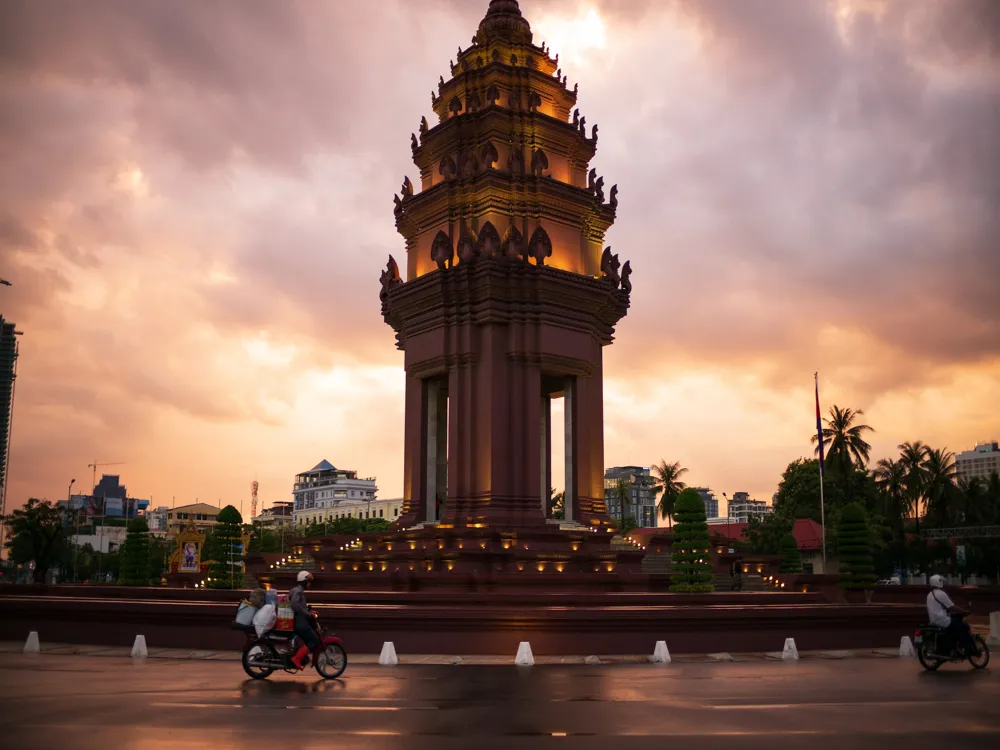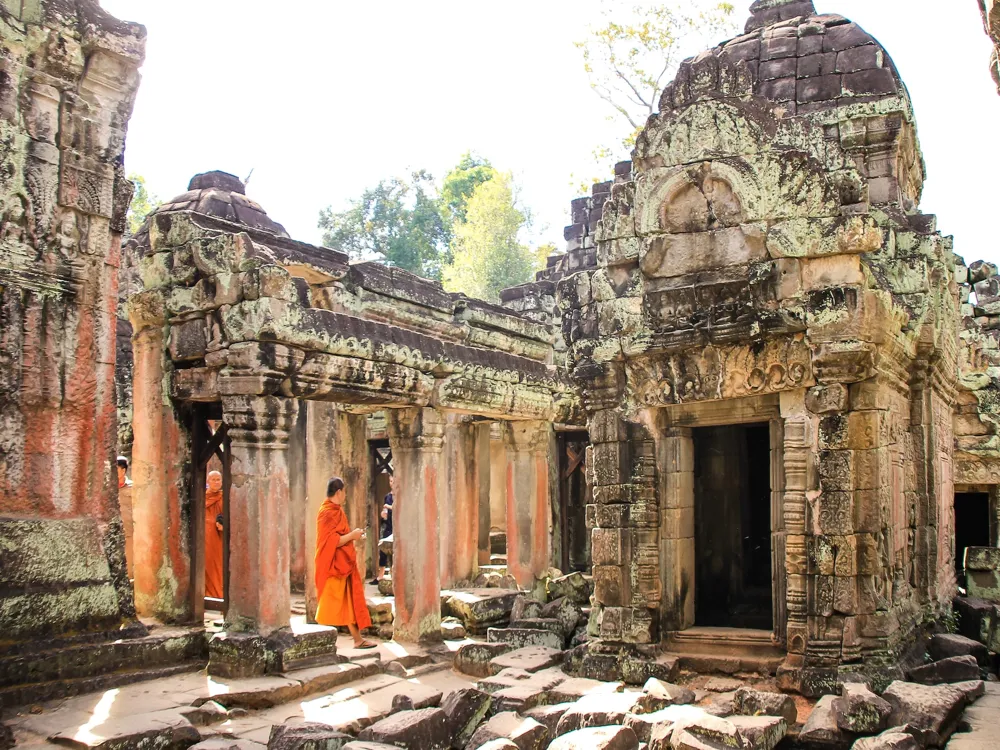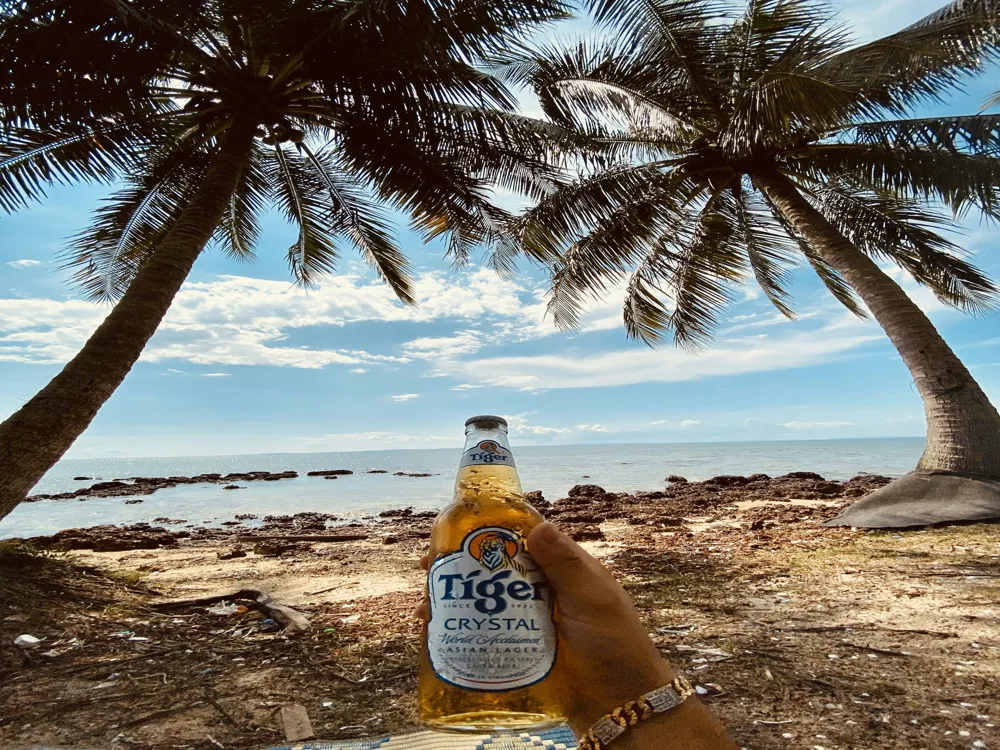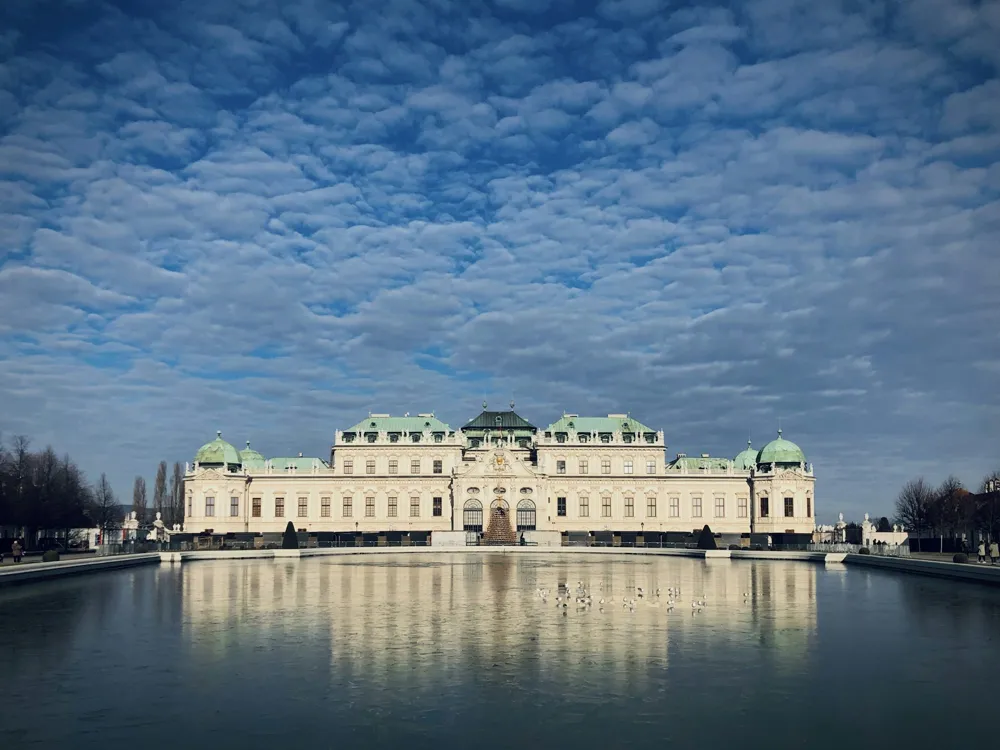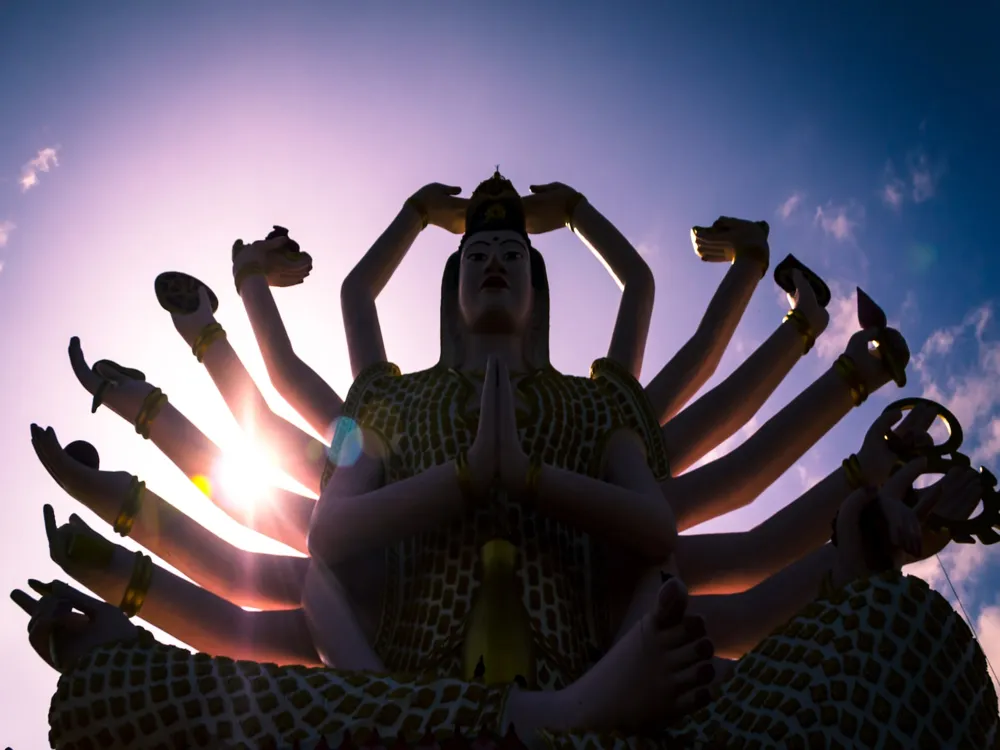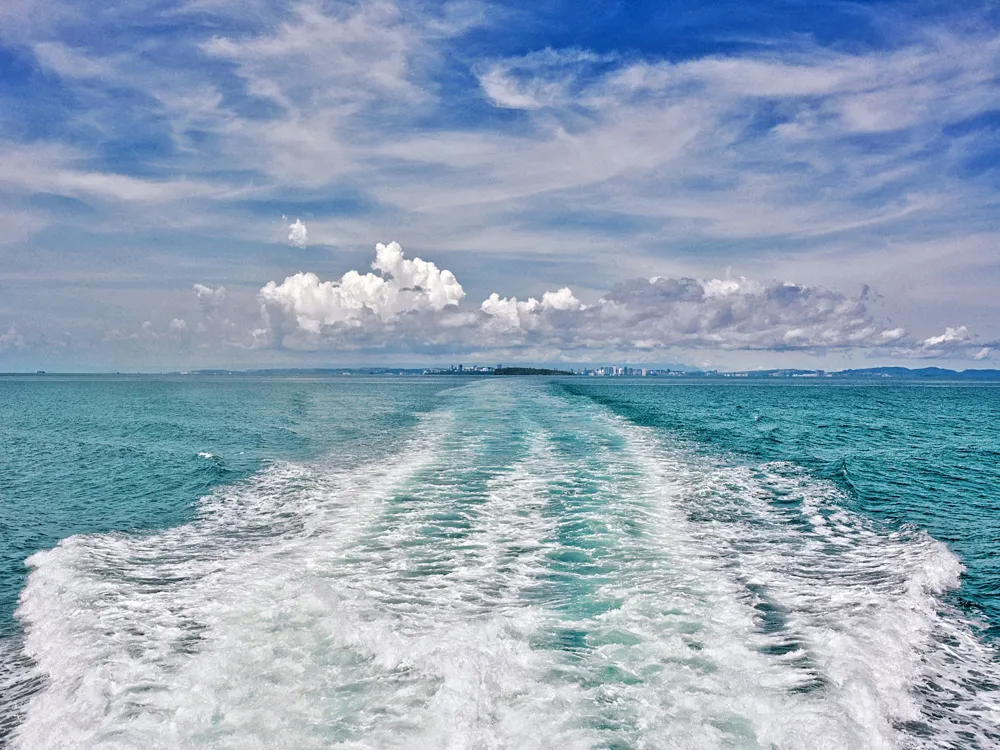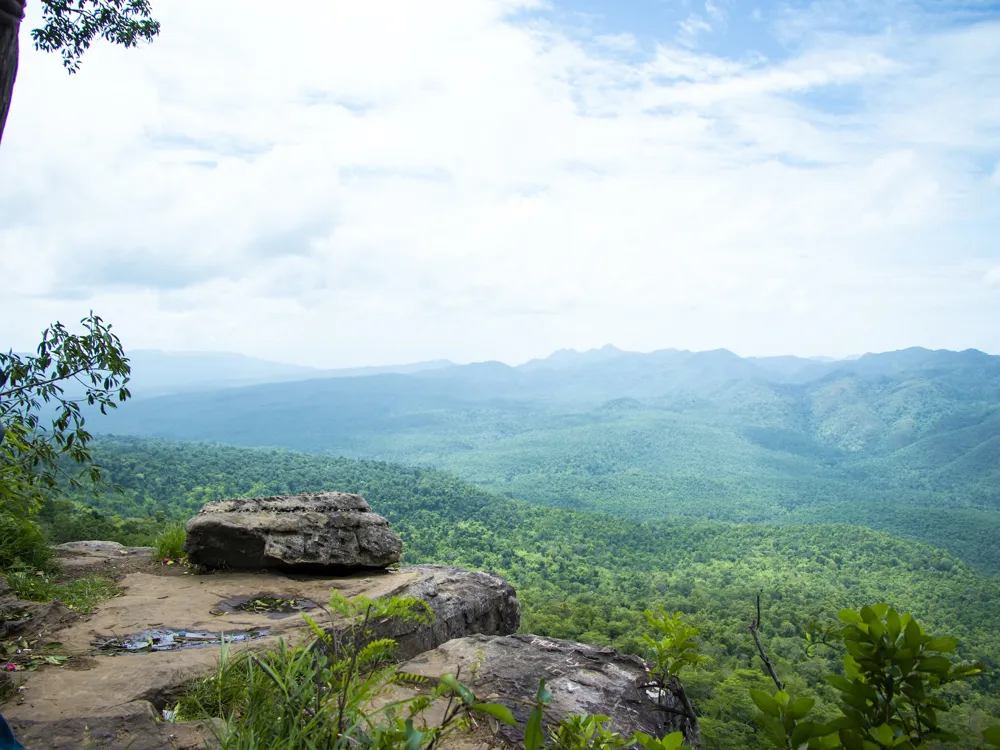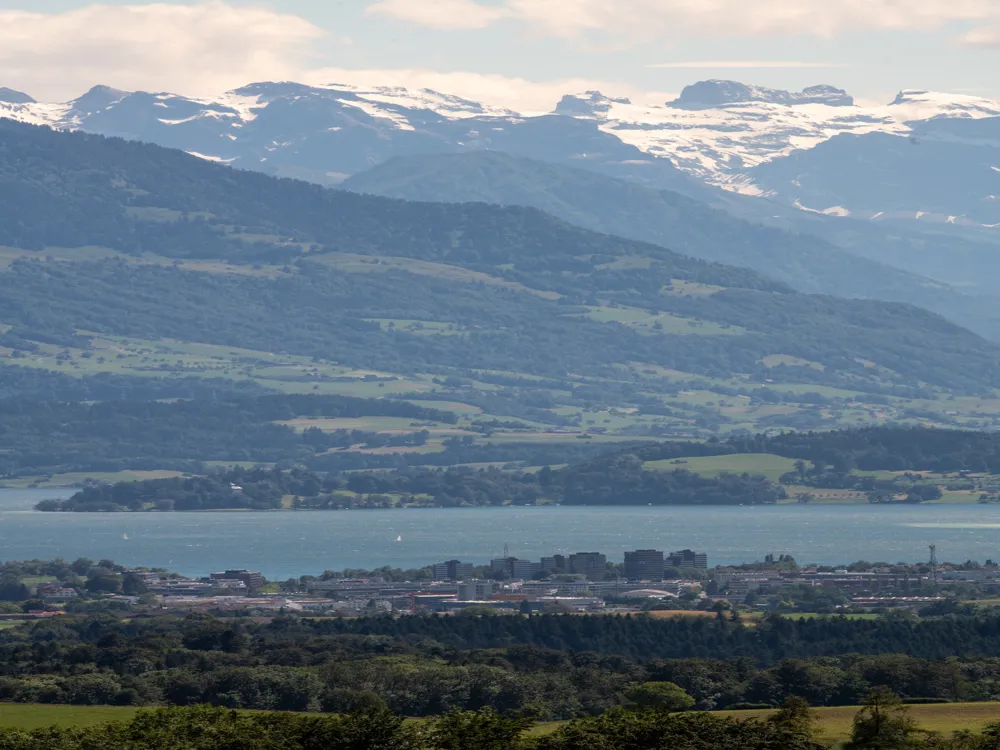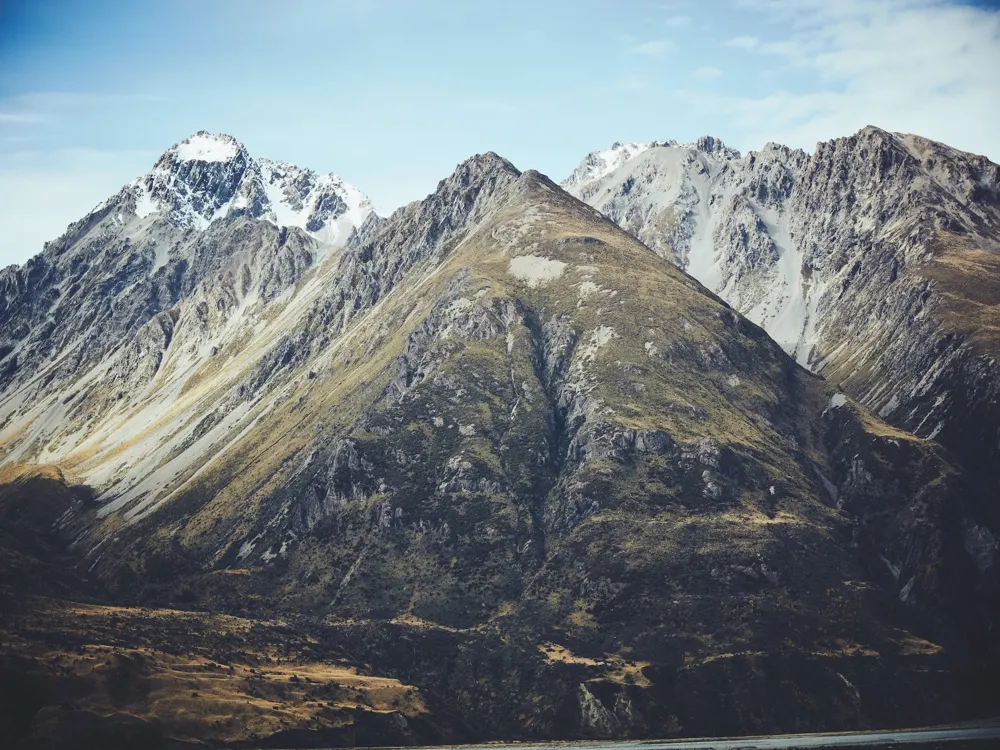Phnom Sampeau, a significant landmark in Battambang Kampot, Cambodia, stands as a testament to the region's rich history and cultural heritage. This breathtaking site, encompassing a range of hills, is not just a natural wonder but also a place steeped in legend and historical significance. The name 'Phnom Sampeau' translates to 'Ship Hill' in Khmer, derived from its unique shape resembling a ship. This historic site has witnessed numerous events, from serving as a fortress during the Khmer Rouge regime to being a place of worship and pilgrimage. Visitors to Phnom Sampeau are greeted by a stunning landscape that offers a mixture of natural beauty and historical intrigue. The hill itself is a limestone outcrop, which rises starkly from the otherwise flat countryside, offering breathtaking views of the surrounding rice paddies and rural landscapes. The area's geology is not just visually striking but also encompasses a network of caves and crevices, some of which have significant historical and religious importance. The history of Phnom Sampeau dates back centuries, with its caves having served various purposes over time. From being natural temples and places of worship to sites of horror during the Khmer Rouge era, these caves tell the story of Cambodia's complex and often turbulent history. Among them, the Killing Caves stand as a somber reminder of the atrocities committed during the Khmer Rouge regime, where countless victims were brutally killed. In stark contrast, the area is also home to vibrant pagodas and shrines, exemplifying the resilience and spiritual depth of the Cambodian people. The rich tapestry of Phnom Sampeau's history is further woven with local legends and folklore. One of the most famous legends is that of Neang Rumsay Sok, a captivating story about love, betrayal, and supernatural intervention that is said to have taken place on these very hills. Such stories not only add to the mystical aura of the place but also provide a glimpse into the local culture and belief systems. Phnom Sampeau's significance extends beyond its historical and cultural aspects. It is also an ecological haven, home to diverse flora and fauna, including rare species and vibrant ecosystems. The area's biodiversity is a draw for nature enthusiasts and researchers alike, offering a chance to explore and appreciate Cambodia's natural beauty. In summary, Phnom Sampeau is a multifaceted destination offering a unique blend of natural beauty, historical significance, and cultural richness. It stands as a symbol of Cambodia's resilience and spiritual depth, making it a must-visit for anyone interested in exploring the depths of Southeast Asian history and culture. The architecture of Phnom Sampeau is as varied as its history, reflecting a blend of natural formations, historical structures, and religious monuments. The limestone hill itself is a natural architectural marvel, with its dramatic cliffs and rugged terrain. This natural fortress has played a significant role in the area's history, providing a strategic vantage point and a natural defense mechanism. The caves of Phnom Sampeau, carved out by natural processes over millennia, are architectural wonders in their own right. These cavernous spaces, with their stalactites and stalagmites, create otherworldly interiors that have been used for various purposes throughout history. The most notable among these is the Killing Caves, which, despite their dark history, stand as a stark architectural reminder of the past. Apart from the natural architecture, Phnom Sampeau is dotted with many man-made structures that add to its architectural diversity. The hill is home to several pagodas and temples, each showcasing the exquisite artistry and craftsmanship of Cambodian religious architecture. These structures, ranging from ancient to modern, display a variety of architectural styles, from traditional Khmer designs to more contemporary influences. The Wat Sampeau Moi Roi, a temple complex at the summit, is a prime example of traditional Khmer architecture. The complex, with its ornate pagodas and statues, is not only a place of worship but also a testament to the artistic and architectural prowess of the Khmer people. The intricate carvings, stonework, and layout of the complex offer a glimpse into the spiritual and artistic heritage of Cambodia. Another architectural highlight is the series of shrines and altars scattered across the hill. These smaller structures, often nestled in caves or perched on cliff edges, present a harmonious blend of natural and man-made architecture. Their placement and design reflect the deep spiritual connection of the Cambodian people with their natural environment. In conclusion, the architecture of Phnom Sampeau is a rich tapestry of natural and man-made wonders. From its dramatic limestone formations to its historic temples and pagodas, the site offers a unique architectural experience that beautifully encapsulates the essence of Cambodian heritage and spirituality. Phnom Sampeau is best visited during the dry season from November to April when the weather is cooler and the paths are less slippery. The rainy season can make the climb challenging and the caves less accessible. Comfortable clothing and sturdy footwear are recommended due to the rugged terrain and climbing involved. It’s also advisable to wear modest clothing out of respect for the religious sites. Be cautious when exploring the caves and stick to marked paths. The terrain can be tricky, and it's easy to get lost. Also, be respectful when visiting the Killing Caves and other historical sites. Consider hiring a local guide. Not only do they provide valuable insights into the history and legends of Phnom Sampeau, but they also ensure a safer and more informative experience. Phnom Sampeau offers stunning landscapes for photography. Early morning or late afternoon light provides the best natural lighting for photos. Be mindful of cultural sensitivities when photographing religious sites and locals. Carry enough water and some snacks. There are few facilities available on the hill, and the climb can be physically demanding. Phnom Sampeau is located about 12 kilometers southwest of Battambang city. It can be accessed by various means: Regardless of the mode of transportation, it’s advisable to start early to avoid the midday heat and to have ample time to explore the area thoroughly. Read More: Overview of Phnom Sampeau in Battambang
Architecture of Phnom Sampeau
Tips When Visiting Phnom Sampeau
Best Time to Visit
What to Wear
Safety Precautions
Hiring a Guide
Photography Tips
Staying Hydrated and Energized
How To Reach Phnom Sampeau
Phnom Sampeau
Battambang
NaN onwards
View kampot Packages
Weather :
Tags : Cave
Timings : 8 AM to 7:30 PM
Time Required : 4 to 5 hours
Planning a Trip? Ask Your Question
Kampot Travel Packages
View All Packages For Kampot
Top Hotel Collections for Kampot

Private Pool

Luxury Hotels

5-Star Hotels

Pet Friendly
Top Hotels Near Kampot
Other Top Ranking Places In Kampot
View All Places To Visit In kampot
View kampot Packages
Weather :
Tags : Cave
Timings : 8 AM to 7:30 PM
Time Required : 4 to 5 hours
Planning a Trip? Ask Your Question
Kampot Travel Packages
View All Packages For Kampot
Top Hotel Collections for Kampot

Private Pool

Luxury Hotels

5-Star Hotels

Pet Friendly


